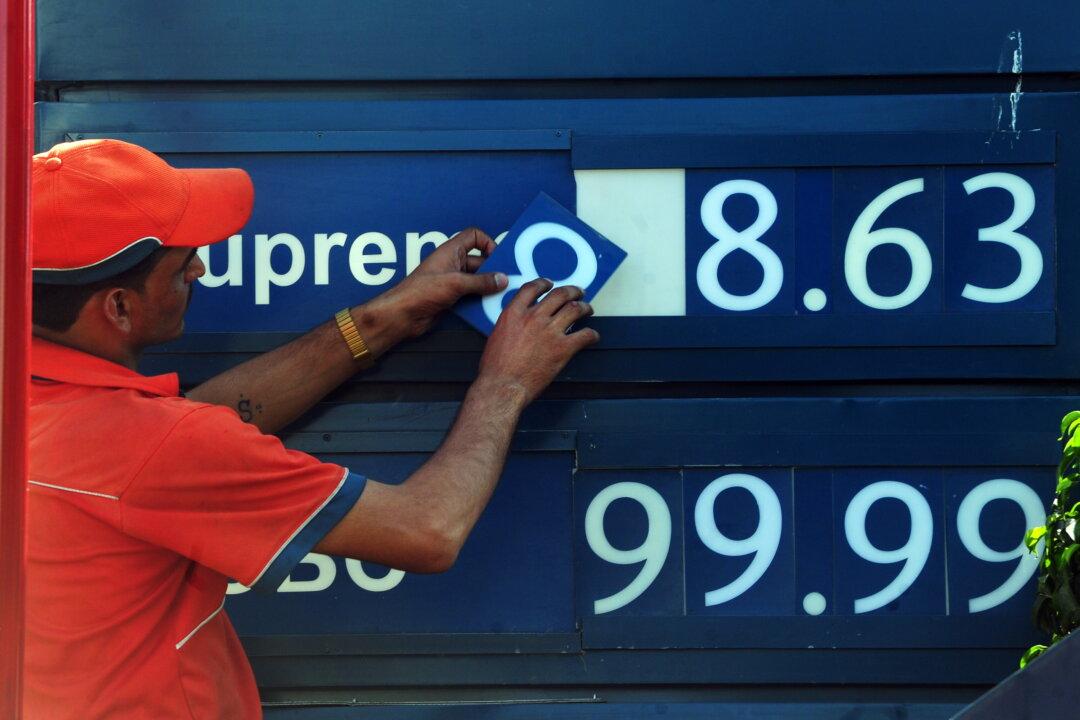Central bankers around the world are worried that inflation is too low. “The threat of deflation is firmly on the table,” said European Central Bank’s Mario Draghi recently.
He wants 2 percent inflation for the eurozone. The same goes for the Federal Reserve: “The Committee expects that inflation will gradually return to 2 percent over the next two or three years,” the Fed stated in September.
Instead, U.S. consumer prices haven’t moved in a year. Inflation in the eurozone is also close to zero percent compared to a year ago.

St. Louis Fed





